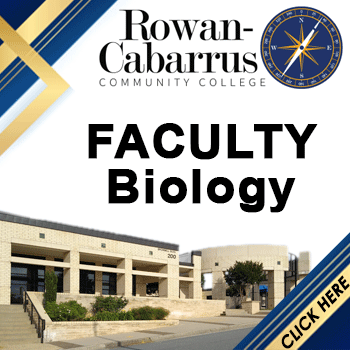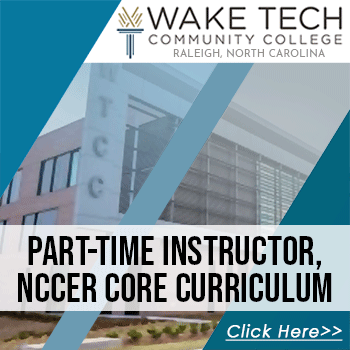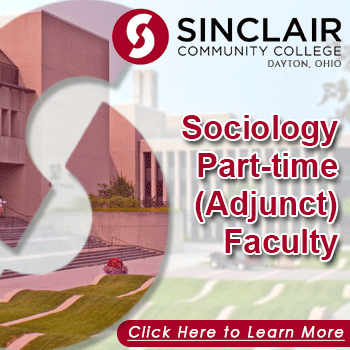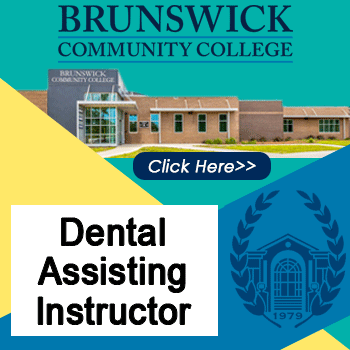This job has Expired
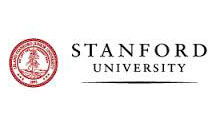
Open Postdoctoral position, faculty mentor Sindy Tang
Job Description
Postdoc position in cell biology & microfluidics, UCSF & Stanford
A joint postdoc position between the labs of Wallace Marshall (UCSF) and Sindy Tang (Stanford) is immediately available in the area of single-cell wound healing. The broad question we aim to answer is how the single-celled ciliate Stentor can heal drastic wounds (https://www.science.org/doi/10.1126/science.aam6496 ). We are looking for a candidate with a background in cell biology or related fields. This position will allow ample opportunities to learn new techniques including microfluidics for single-cell manipulation and mathematical modeling
Biomechanical mechanisms conferring wound resilience in single-celled organisms
Stentor coeruleus is a large, single-celled ciliate that has remarkable wound healing and regenerative capacity (see Slabodnick et al., Current Bio, 2014). It is found in environments that can be subject to high mechanical stresses due to natural flows or predation. The overall goal of this project is to investigate how this organism employs both mechanical and biochemical mechanisms upstream of wounding for wound prevention, as well as downstream of wounding for robust healing from wounds.
We have sequenced the Stentor genome, and developed tools for molecular manipulation of Stentor gene expression to pave the way to a molecular understanding of Stentor wound response. This project involves conceptualization of a novel chemical screen to test the role of the cytoskeleton in conferring wound resistance to the cell, and the role of large-scale mechanical force generation in complementing biochemical healing modes to close wounds of increasing severity.
Some questions we ask are: how does Stentor cell mechanics give rise to wound resistance? How do cells respond to shear or other types of stresses? What molecular pathways are important in Stentor wound healing, and are they the same as in other eukaryotes?
The project combines cell biology, microfluidics for precise wounding (see Blauch et al., PNAS 2017), and mechanobiology modeling.
*Please mention you saw this ad on AcademicJobs.*

